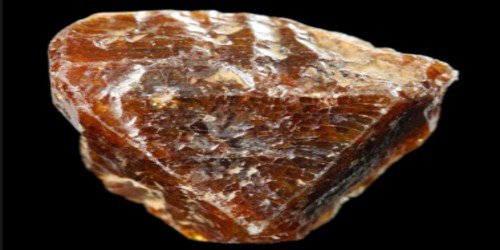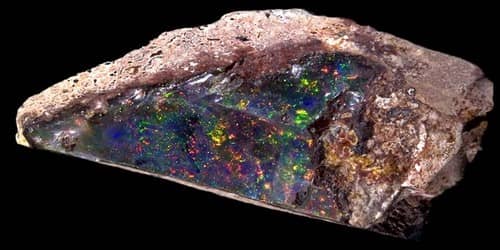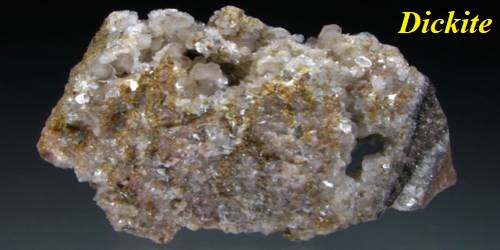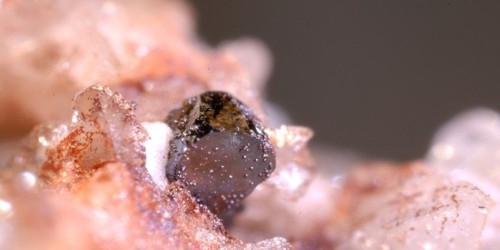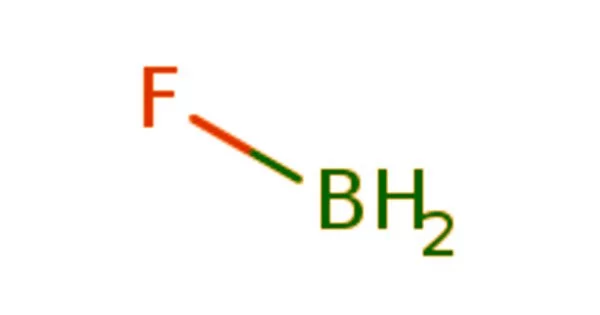Hafnon is a hafnium nesosilicate mineral, chemical formula (Hf, Zr)SiO4 or (Hf, Zr, Th, U, Y)SiO4. It is a mineral of hafnium silicate ore, produced synthetically by substituting hafnium for the zirconium in zircon. In natural zircon ZrSiO4 part of the zirconium is replaced by the very similar hafnium and so natural zircon is never pure ZrSiO4. A zircon with 100% hafnium substitution can be made synthetically and is hafnon.
Information Source:
- Formula: HfSiO4
- Specific Gravity: 6.97 (Calculated)
- Crystal System: Tetragonal
- Member of: Zircon Group
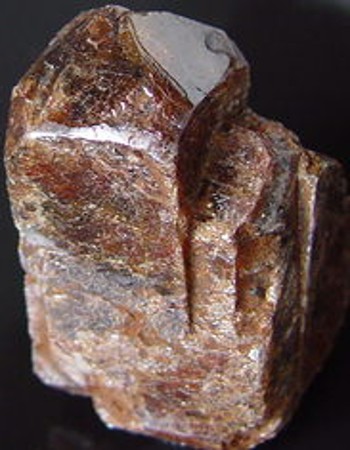
Fig: Hafnon – hafnium nesosilicate mineral
Properties
Hafnium silicate, often with some zirconium and occasionally with some uranium, thorium, and yttrium. It can contain up to 45 percent of zirconium in its structure; if it exceeds that then it is no longer Hafnon but Zircon.
- Transparency: Transparent, Translucent
- Color: Red-orange, brown-yellow, colorless (rare)
- Hardness: 7½ on the Mohs scale
- Density: 6.97 g/cm3 (Calculated)
- Diaphaneity: Transparent
- Luster: Vitreous – Adamantine
- Streak: gray white
Occurrences
Hafnon occurs as transparent red to red-orange tetragonal crystals with a hardness of 7.5. It occurs naturally in tantalum-bearing granite pegmatites in the Zambezia district, Mozambique and in weathered pegmatites at Mount Holland, Western Australia. It has also been reported from locations in Ontario, Quebec and Manitoba, Canada; North Carolina, United States; and in Zimbabwe.
Association: Cookeite, albite (Zamb¶ezia district, Mozambique); quartz, potassic feldspar, muscovite, tourmaline, anthophyllite, phlogopite, apatite, cassiterite, ferrocolumbite, beryl, zircon, thorite, microlite, bismoclite, barite, manganotantalite, cesstibtantite, kimrobinsonite (Mt. Holland, Western Australia).
